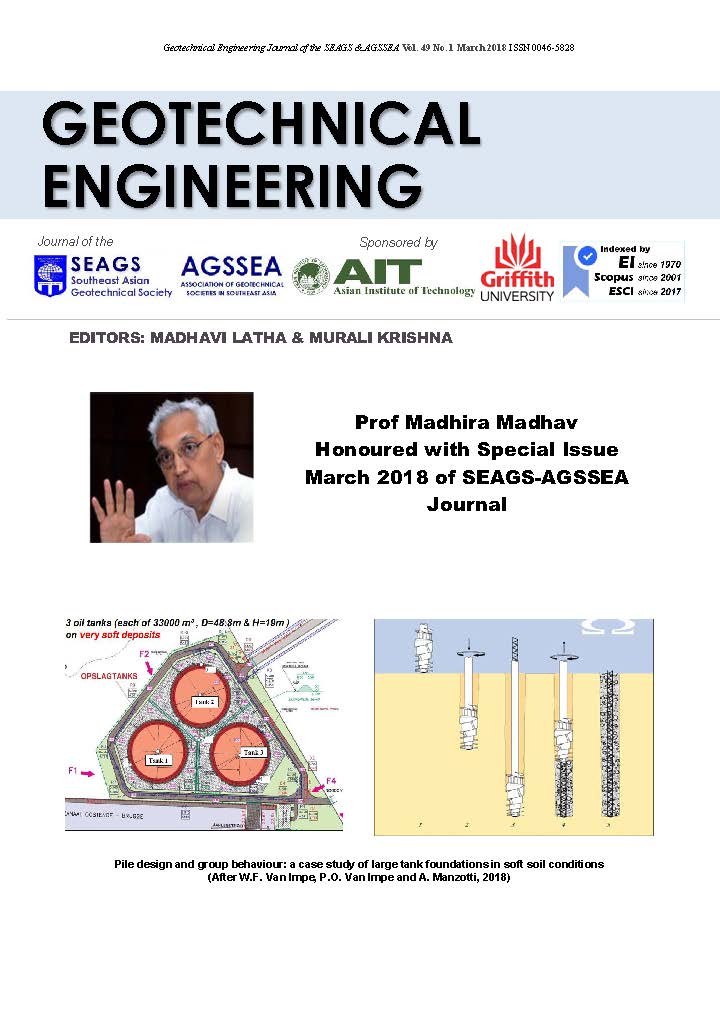Characterization of the Soil Samples from the Lonar Crater, India
Main Article Content
Abstract
The Lonar crater and its enclosed lake have been a universally recognized young and well preserved meteoritic formation in the state of Maharashtra, India. Previous studies on the uniqueness (salty and alkaline nature) of sediments (the crater soil) and the lake water, hint at its creation by meteor impact and post-impact induced hydrothermal interaction between the meteor and the then earth surface in the region. Also, the earlier reports confirm the sediments as basaltic rock, in nature. However, not many efforts have been made by the present generation of researchers for detailed chemical and mineralogical characterization of the sediments, which may reveal an analogue relationship between the crater sediments and a meteor (the lunar or the Martian soil) from the space. In this context, the present study attempts to understand the characteristics of the soil samples extracted from the crater region, with respect to their physical, chemical, mineralogical, electrical and magnetic properties. The findings also shed light into the response of the crater samples when subjected to different energy fields (viz., mechanical, chemical, electrical and X-rays). Based on a critical synthesis of the results, the characteristics (viz., alkalinity, saltiness, geological-structural properties, water-sediment interaction) of the sediments have been showcased and evaluated for their partial conformity with extraterrestrial objects (i.e., the meteors).
Article Details

This work is licensed under a Creative Commons Attribution-NonCommercial-NoDerivatives 4.0 International License.
Copyright © 2019 Association of Geotechnical Societies in Southeast Asia (AGSSEA) - Southeast Asian Geotechnical Society (SEAGS).


